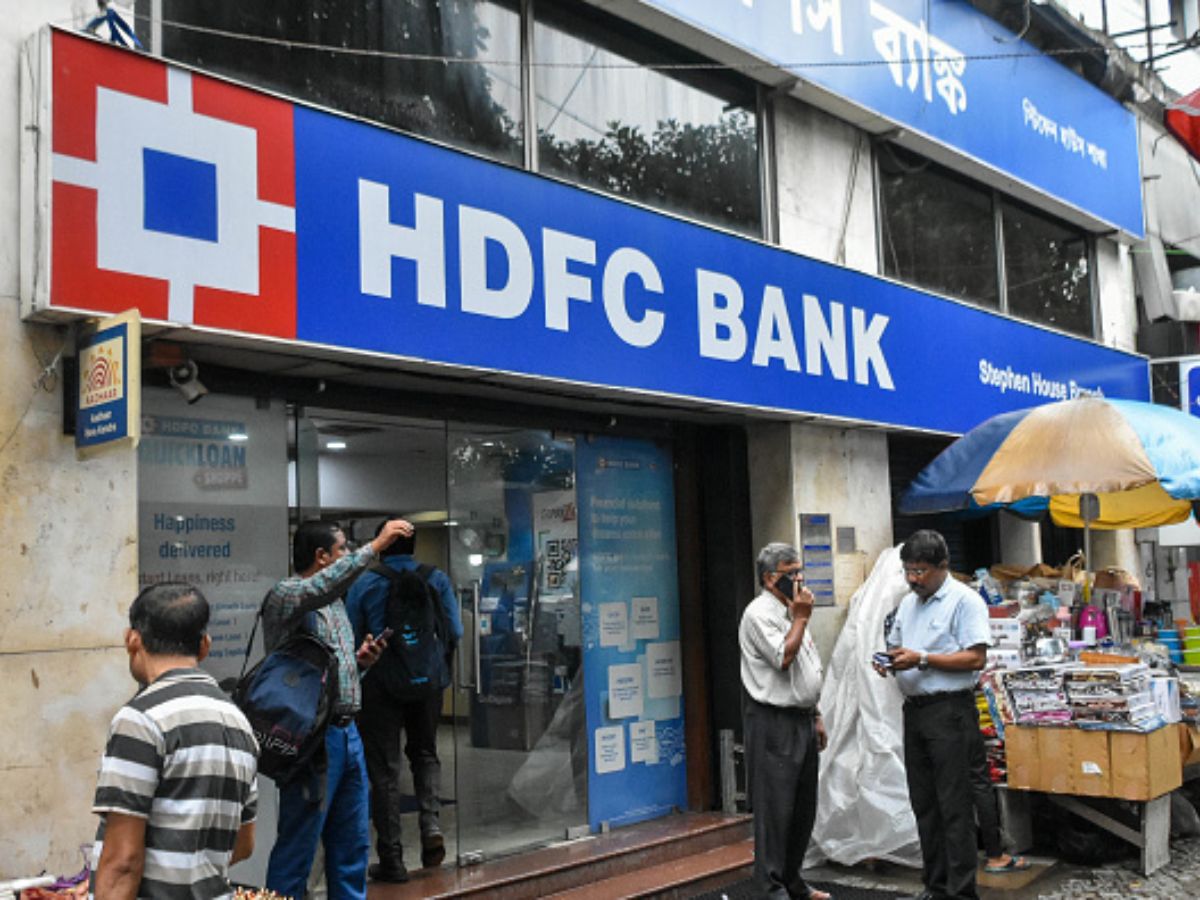HDFC Bank CEO flags funding risk post merger, says net interest margins may get hit

HDFC Bank CEO flags funding risk post merger, says net interest margins may get hit
Following the seamless $40 billion merger with its parent company, HDFC Bank, Chief Executive Officer Sashidhar Jagdishan highlighted funding as a potential risk factor, according to a PTI report.
During its inaugural annual general meeting after the merger’s completion on July 1st, HDFC Bank’s Chief Executive Officer, Sashidhar Jagdishan, expressed his apprehensions to the shareholders. He drew attention to a significant concern stemming from the merger – the funding aspect. The successful amalgamation with its parent company, HDFC Bank, marked a significant milestone for the institution. However, Jagdishan was keen to underscore that while the merger itself had been a triumph, it wasn’t without its potential challenges.
The CEO’s remarks shed light on the intricacies of managing a large-scale merger in the financial sector. Mergers of this magnitude entail a complex process of integrating systems, cultures, and operations. Jagdishan’s focus on the funding aspect highlighted the importance of ensuring a seamless transition in terms of liquidity and capital allocation.
With the merger aimed at creating a more robust and consolidated entity, the CEO’s cautious approach indicated his commitment to addressing potential hurdles. The amalgamation, which represented a $40 billion deal, brought together HDFC Bank’s existing strengths with the capabilities of its subsidiary. This strategic move was designed to enhance the institution’s position in the financial market.
Jagdishan’s acknowledgment of funding as a risk factor showcased his transparency and commitment to effective risk management. While mergers offer the promise of synergies and growth, they also present challenges, such as potential disruptions in funding flows. As the financial landscape evolves, maintaining liquidity and optimizing funding sources becomes pivotal.
The CEO’s emphasis on funding also underlined HDFC Bank’s dedication to maintaining its operational excellence throughout the merger process. By addressing potential risks upfront and openly discussing them with stakeholders, the bank demonstrated its proactive approach to risk management and its commitment to preserving its strong financial standing.
HDFC’s pursuit of forbearance from the Reserve Bank of India (RBI) regarding its liabilities has encountered some obstacles. The regulatory body’s response has not entirely aligned with HDFC’s expectations in terms of exemptions.
The Reserve Bank of India, as the apex regulatory authority, has taken a cautious stance regarding certain aspects of HDFC’s request. Specifically, the RBI declined to grant any exemptions pertaining to the Cash Reserve Ratio (CRR) and Statutory Liquidity Ratio (SLR) requirements for the deposits originating from HDFC. This decision directly affected the deposit-taking entity’s aspirations for concessions in these areas.
HDFC’s efforts to negotiate favorable terms in its liabilities management reflect the institution’s strategic considerations. The CRR and SLR requirements are key components of prudential banking regulations set by the RBI. They serve to ensure the financial stability and liquidity of banks, thereby safeguarding the overall health of the banking system.
The RBI’s stance signifies a commitment to maintaining the integrity of its regulatory framework and safeguarding the financial sector’s stability. While the specific details of HDFC’s requests and the RBI’s response might have been nuanced, the broader implications underscore the RBI’s responsibility in upholding stringent standards that underpin the country’s financial well-being.
As HDFC navigates its liabilities landscape and works towards optimizing its operational and funding strategies, the regulatory environment remains a critical factor. The RBI’s role in overseeing and maintaining the financial sector’s health necessitates careful consideration of requests for exemptions or modifications.
In conclusion, HDFC’s interactions with the Reserve Bank of India regarding forbearance on liabilities have highlighted the complexities of managing financial institutions within a regulatory framework.
The RBI’s refusal to grant exemptions on CRR and SLR requirements for HDFC’s deposits emphasizes its commitment to prudential regulations and financial stability. As both entities continue to collaborate, finding a balance between operational flexibility and regulatory adherence remains paramount.
Regarding the Reserve Bank of India’s decision to impose an additional Cash Reserve Ratio (CRR) of 10 percent on deposit accretions in all scheduled commercial banks since May, certain queries have arisen. This move by the RBI has prompted inquiries and discussions within the financial sector.
Despite the challenges posed by this incremental CRR, HDFC’s Chief Sashidhar Jagdishan remains optimistic about the bank’s ability to overcome the funding hurdle. During its inaugural annual general meeting following the merger’s implementation on July 1, Jagdishan expressed his confidence in HDFC’s board members, senior leadership, and dedicated staff. He emphasized their awareness of the task at hand and their commitment to addressing it effectively.

Jagdishan highlighted the rationale behind the merger and its strategic timing. He conveyed that the decision was rooted in the manifold advantages it brings. In response to the funding challenge, he revealed that the bank’s staff is enthusiastic and motivated to tackle this obstacle head-on.
While the future holds uncertainties, Jagdishan’s outlook remains upbeat. He articulated that the bank’s impressive growth trajectory over the past decade serves as a testament to its capabilities. He reiterated his belief that HDFC is well-positioned to navigate these challenges and seize opportunities for growth in the years ahead.
Jagdishan’s confidence in HDFC’s ability to surmount challenges stems from the bank’s resilience and track record of achievements. Despite the complexities presented by the incremental CRR and other funding-related matters, he maintains a positive outlook, underlining the institution’s preparedness and determination.
HDFC, in its pursuit of effective liabilities management, sought approval from shareholders to raise ₹50,000 crore through bond issuances. Chief Sashidhar Jagdishan affirmed the bank’s proactive approach in this domain, asserting its intent to actively engage in bond issuances as a strategic measure.
The recent merger with HDFC carries implications for the bank’s Net Interest Margins (NIMs). This is attributed to the higher proportion of housing loans, which typically yield lower interest rates, that are now incorporated into the bank’s portfolio. Jagdishan noted that the impact of this change will become evident from the results of the September quarter.

However, it’s important to recognize that housing loans offer certain advantages, particularly in terms of their favorable repayment ratios. This positive attribute contributes to lowering credit costs associated with such loans.
Despite the potential challenges posed by the merger and the altered composition of the loan portfolio, the private lender remains confident in its ability to restore profitability to historical levels within an estimated timeframe of up to 18 months. This optimism is grounded in the bank’s consistent track record of maintaining Net Interest Margins within the range of 4-4.4 percent. Jagdishan emphasized that throughout its operations, HDFC has maintained a philosophy that prioritizes sustainable growth without compromising on profitability.
In essence, HDFC’s strategic approach to liabilities management, bond issuances, and housing loans reflects its commitment to adapt to evolving market dynamics while upholding its core values. The bank’s forward-looking perspective and dedication to restoring profitability underscore its resilience and ability to navigate challenges, further solidifying its position in the financial landscape.




